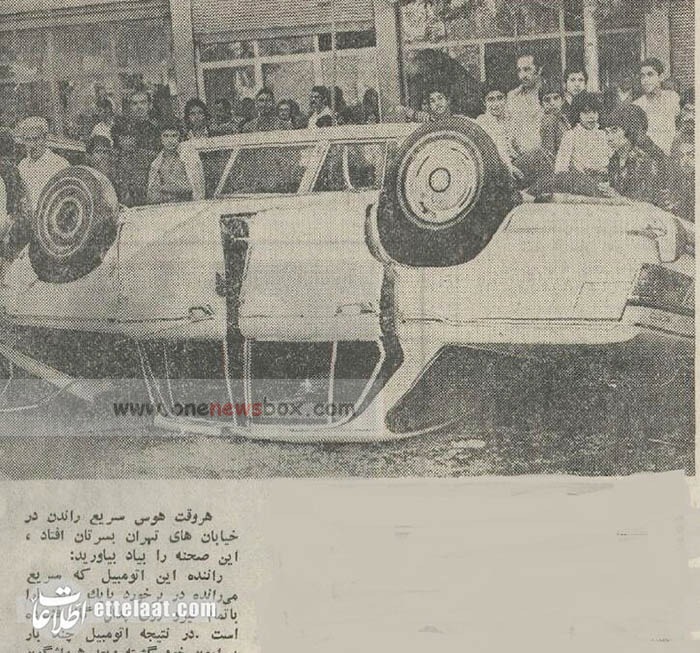Patterns of Accidents
The study also examined the times and locations where traffic accidents were most likely to occur. This analysis revealed important patterns that provided insight into the dynamics of road safety in Tehran:
- Peak Hours:
Accidents were most frequent during rush hours, particularly in the morning and late afternoon. During these times, the streets were filled with commuters rushing to work or returning home, leading to heightened stress and less cautious driving. - High-Risk Locations:
Certain areas of the city were identified as accident hotspots. These included major intersections, narrow streets in densely populated neighborhoods, and areas near markets or schools. The lack of traffic management systems in these locations made them particularly dangerous. - Nighttime Accidents:
While fewer vehicles were on the roads at night, the severity of accidents tended to be higher. This was often due to reduced visibility, driver fatigue, and the influence of alcohol in some cases.
Photographic Evidence
The study’s findings were accompanied by a series of photographs published in the Ettelaat newspaper. These images offered a stark visual representation of the traffic conditions in Tehran at the time. They depicted scenes of mangled vehicles, injured pedestrians, and chaotic intersections, highlighting the human cost of traffic accidents.
The publication of these photographs served a dual purpose. On one hand, they aimed to raise public awareness about the dangers of reckless driving and poor road safety practices. On the other hand, they underscored the urgency of implementing reforms to address the city’s traffic issues.

